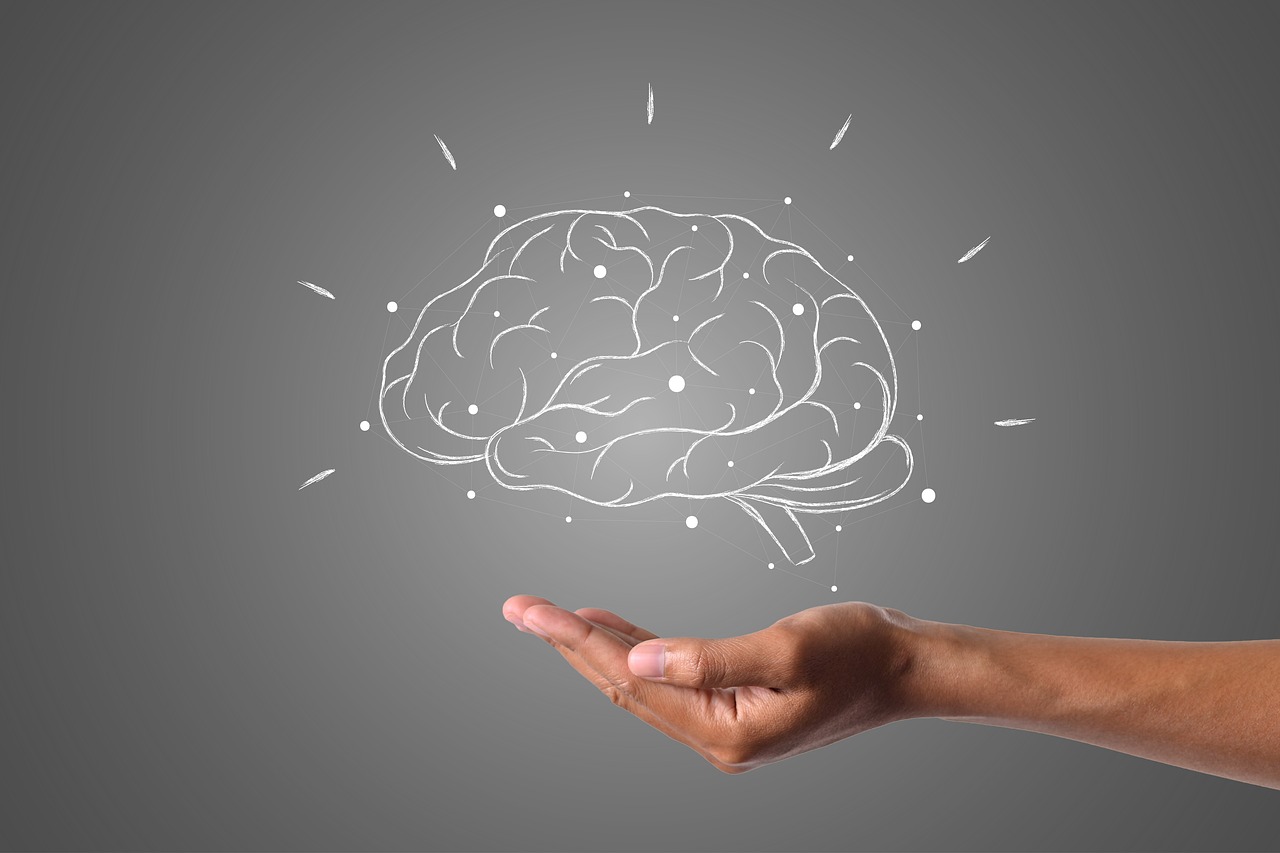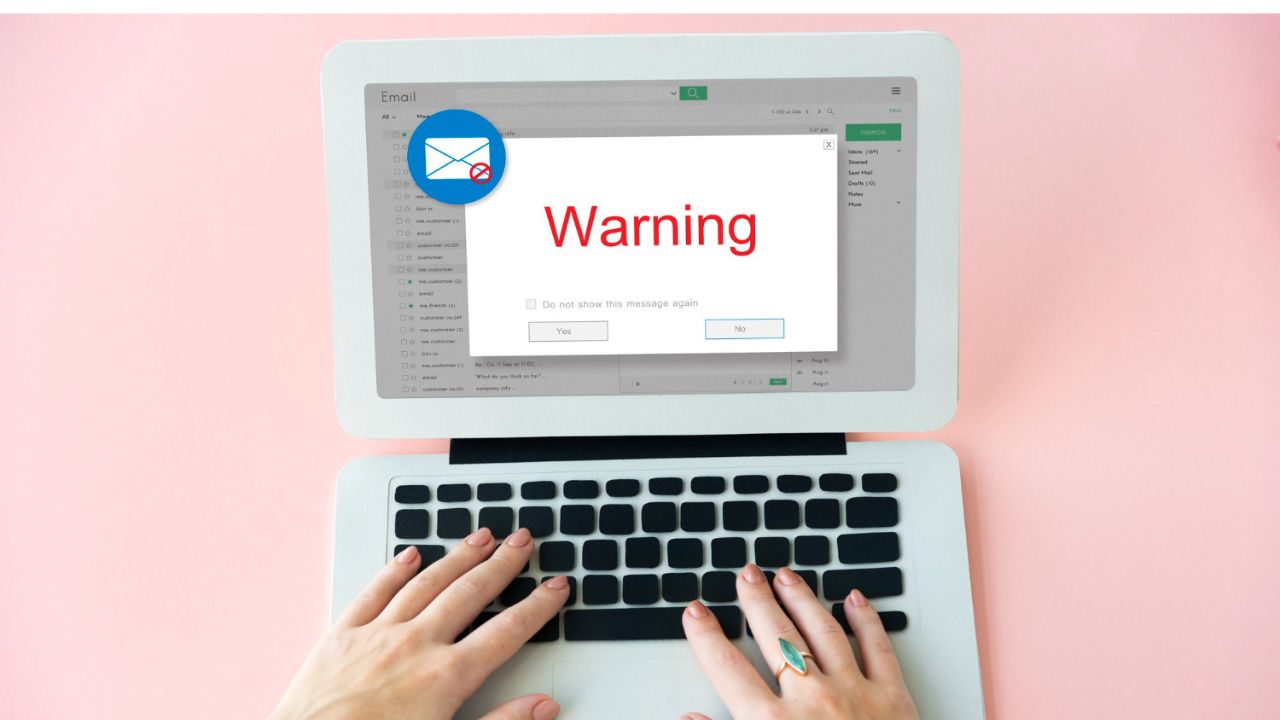A joke lands, the room splits, and you’re the one stifling a laugh. It wasn’t nice. It wasn’t clean. But it was sharp, and your brain clicked before your conscience caught up. If that sounds familiar, you’re not broken. You might just be working with a different set of gears.
Here’s the context. Psychologists have studied why some people enjoy humor that dances with taboo death, illness, disaster and others don’t. The evidence points to a mix of intelligence, emotional control, and context. This piece unpacks the research, explains the mental steps behind bleak jokes, and shows how timing, culture, and care decide whether the punch line delights or wounds.
What Counts As “Dark Humor”
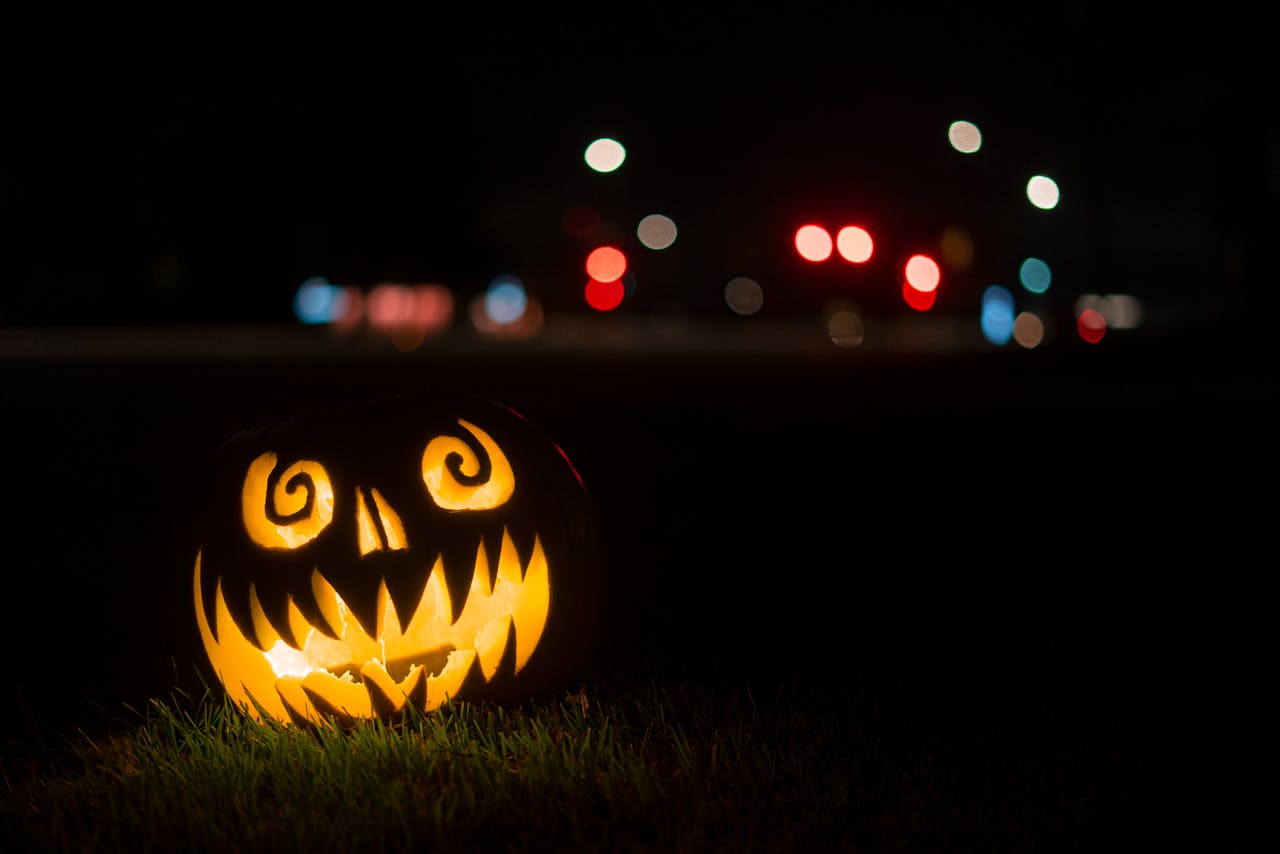
Dark humor treats heavy subjects with playful detachment. Think death, disease, war, or disaster reframed as a puzzle rather than a panic. The laugh comes only when the mind makes the situation feel safe enough to play with, even briefly. That shift from threat to toy is the whole trick.
It isn’t cruelty for sport. The point is distance, not damage. When people say “that’s terrible, but I laughed,” they’re describing that brief pocket where tension turns into amusement instead of outrage. Definitions vary across fields, but most agree the core is joking about topics we usually handle with gloves.
What The Research Actually Found

A 2017 study in the journal Cognitive Processing tested 156 adults on dark cartoons, intelligence, mood, and aggression. People who understood and enjoyed the bleak jokes scored higher on both verbal and nonverbal intelligence, and reported lower aggression. Education levels were higher too. The link wasn’t casual bar talk; it showed up in the data.
Here’s the short version: appreciation tracked with IQ and calm, not hostility.
Liking dark humor did not mean being meaner. It often meant being less so.
The method mattered. Participants rated comprehension and funniness separately, which let researchers see that simply “getting it” wasn’t enough; the laugh rode on both understanding and regulation. People in worse moods or with higher aggression tended to like the jokes less.
Media summaries echoed this: intelligence and lower aggression predicted enjoyment, while sour moods dampened it. That’s a different picture than the stereotype of the edgy jerk.
Why Bleak Jokes Demand More Brainwork
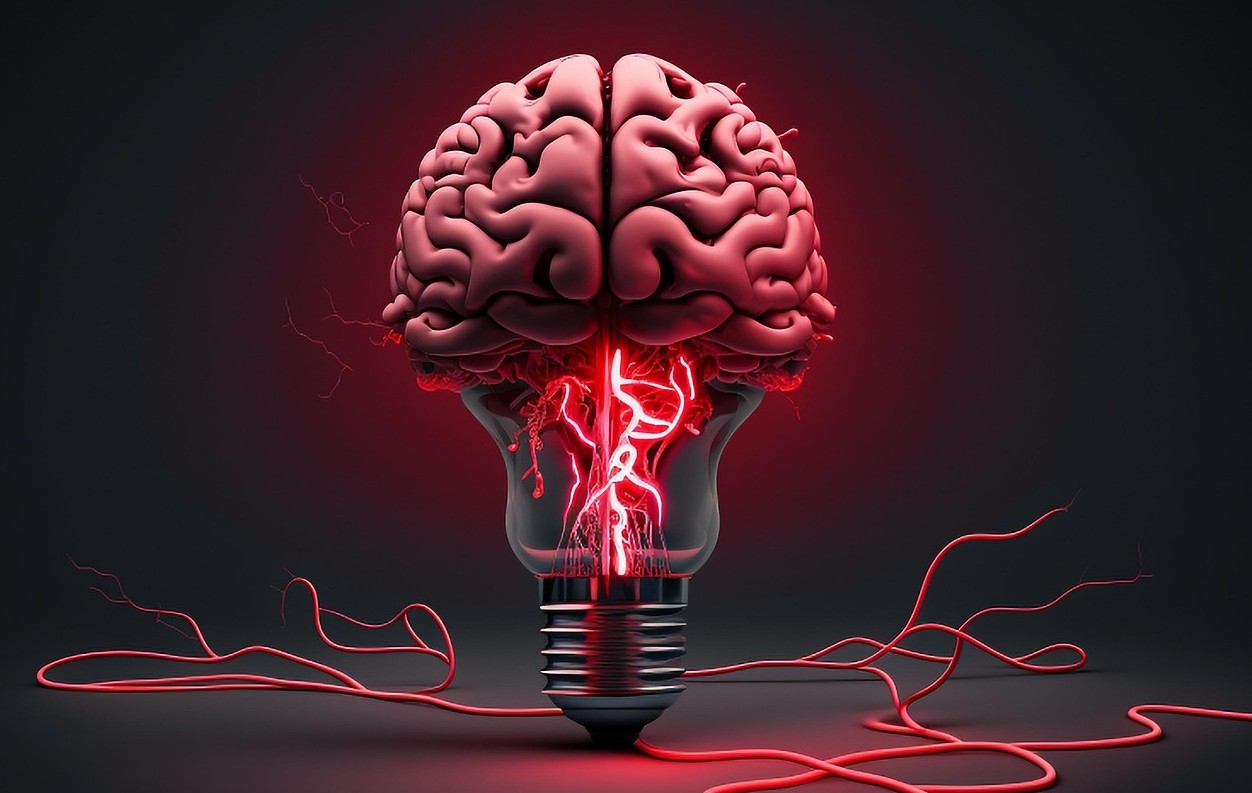
Dark humor layers meanings. You have to recognize the norm being violated, notice the twist, then reframe the situation as play, not threat. That’s a lot of mental toggling in a blink. Higher working knowledge language, world facts, social rules helps snap the pieces together fast.
The emotional piece matters too. You need enough control to park empathy for a second, otherwise the topic overwhelms the mechanism. In practice, the mind applies a filter: is this safe enough to laugh at? If yes, tension converts to amusement. If no, the room feels colder.
Aggression, Mood, And The “Benign Violation” Sweet Spot
One leading theory says humor happens when a violation feels safe benign rather than dangerous. The more distant the target, or the more clearly fictional the scene, the easier it is to laugh. When a violation feels too close or too real, laughter drops and disgust or anger takes over.
Short take: create distance, create room for laughter.
Shrink that distance, and the joke turns sharp.
Mood and physiology play a role as well. Laughter reduces stress hormones like cortisol and can nudge neurotransmitters tied to well-being, which is why playful reframing sometimes lightens grim topics without trivializing them. But stress, fatigue, or pain can shut that door; on a bad day, the same line lands as an insult.
So the “smart and calm” pattern isn’t a flex; it’s a precondition. When you can both solve the puzzle and keep your guard from spiking, dark humor has room to work.
When Dark Humor Backfires
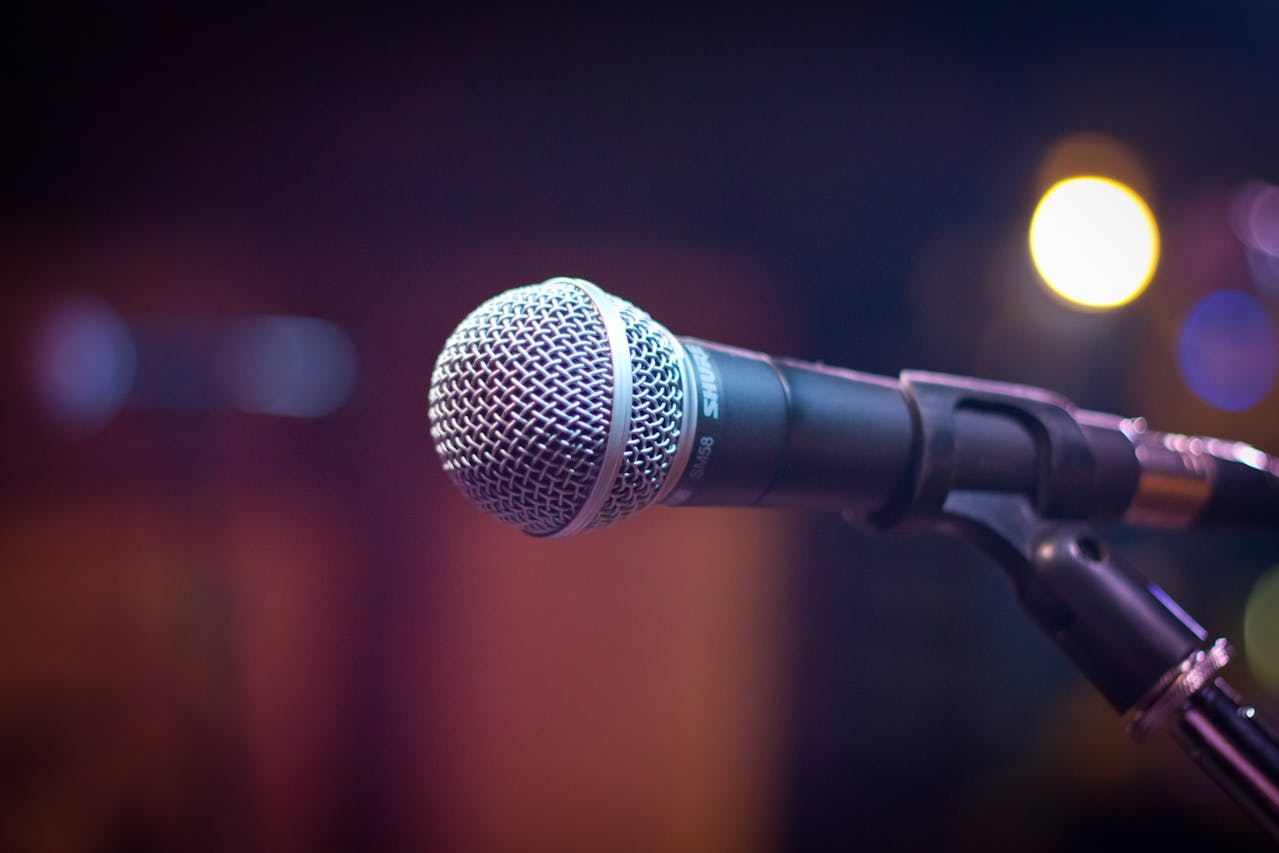
Jokes fail when they demand distance the audience doesn’t have. A room with recent loss won’t find a death gag “benign,” no matter how clever the turn. Identity also matters; punching down reads as harm, not play, and the violation never becomes safe. In those moments, intelligence doesn’t save the line. Empathy does.
The craft fix is simple: read the room. If the laugh requires someone present to swallow pain, it’s the wrong audience or the wrong time. Wit isn’t license; it’s responsibility.
Culture, Context, And Timing
Humor norms shift across cultures and social distance. Studies show people warm more to jokes when the target is far from their circle, and cool sharply when it’s close. What plays in one group may bomb in another with the same words and rhythm. The variable isn’t just content; it’s proximity.
That’s why timing and venue matter. A writers’ room, a hospital break room, a family table—they each grant different permissions. If the context can’t make the violation feel safe, the laugh has nowhere to go.
How To Try It Responsibly
First, secure the frame. Signal fiction or exaggeration, and choose targets with power, not vulnerability. That alone increases distance and fairness. If a line still needs a warning label, it probably needs a rewrite.
Second, keep an exit ramp. If someone flinches, pivot without doubling down. A quick “wrong room for that one” rescues the moment and earns trust. Cleverness isn’t the prize connection is.
Third, aim for wit over shock. The best dark jokes aren’t cruel; they’re precise. They turn a heavy truth just enough to show a new angle, then put it back down gently.
Sources
- Willinger et al., Cognitive Processing (2017): Cognitive and emotional demands of black humour
- McGraw & Warren (2010): Benign Violations — Psychological Science
- Kramer et al. (2023): Laughter as medicine — Systematic review
- Y. Cao et al. (2021): Culture and social distance in humor
- T. Jiang (2019): Cultural differences in humor use and perception
- The Guardian summary of the dark-humor study
